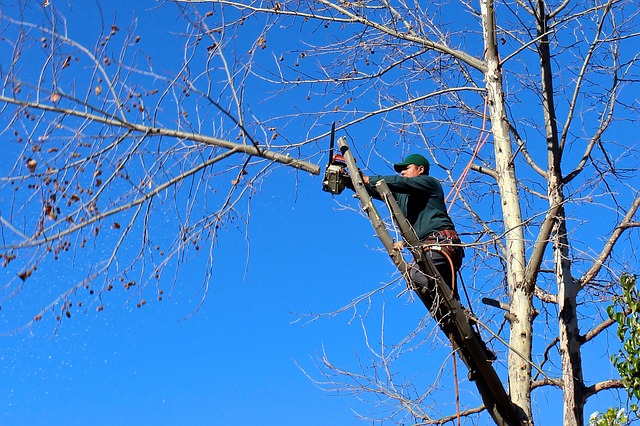The process of tree removal begins by having an arborist inspect the size of the tree. There is
very little horizontal space in urban landscapes so large trees require extensive work to be cut
down. An arborist will need to know how high to cut the tree and what damage could be caused
by falling branches. After the tree has been evaluated, an arborist will clear the area and
determine the best escape routes. A crane can be used to remove the tree once it is down.
Tree removal is not a DIY project. It requires extensive experience, specialized tools, and
knowledge of the correct techniques. If done incorrectly, it can cause damage to nearby
structures and injure others. A tree can also be dangerous to climb. It is crucial to have a
qualified team to protect your property. A ladder or bucket truck is required for tree removal. This
can prove dangerous and requires specialized training.

After the tree is cleared of all debris, an arborist will begin tree removal. The tree company will
arrive at the appointed time to complete the task. Make sure to notify the neighbors of the
process. The company will ask that you not allow any foot traffic onto your property during the
construction. If you don’t have an alternative route to your property, you can ask neighbors to
find one. It is best to consult a professional arborist if you are unsure if a tree must be removed.
Heavy equipment is also required for the removal of large branches, such as chainsaws. To
avoid injury, long branches require special attention. Therefore, careful branch cutting is
essential. Properly removing branches will ensure a clean and safe jobsite. A tree specialist will
ensure that all branches have been safely cut. An arborist will know if a tree is falling at an angle
so that it falls to the ground exactly where they want. This is when the tree removal company will
remove the tree from the side of the property that they want it.
If you aren’t sure if a tree removal company requires a permit, it is worth asking your local
municipality. They can also help you with the proper procedure if your tree is a protected.
Certified arborists can help if you are unsure if you are able to remove the tree. This will ensure
you don’t violate any local laws.
The type of tree that you are trying to remove is another factor to consider. If the tree is too near
your home or is growing in close proximity to power lines, you might want to have it removed. To
avoid further damage, don’t remove too many branches. In fact, too many branches can lead to
the tree dying. If the tree is too near a home, it may be worth the cost. It may also be difficult to
return it in a timely manner.
If the tree is only 10 inches in diameter, it can be removed by a homeowner. You should leave
enough room for the tree to fall. Also, ensure you are wearing safety gear to prevent any injuries.
You will need to have safety gear if you are removing large trees, such as heavy gloves, sturdy
boots and ear protection. The length of your chainsaw bar should match the diameter the tree. If
the tree is extremely large, a tree felling wedge may help you cut it. Ask someone to watch over
your tree while you are working, so they can notify you if any branches or pieces fall.
New Jersey has specific rules for tree removal. If a tree is on private property, the owner has the
right to remove it, as long as it is not overhanging a public road. The owner must notify the
municipality about the tree removal to keep traffic flowing. If the tree is too close for the road or
near a utility wire, the homeowner may want to hire a tree company.
